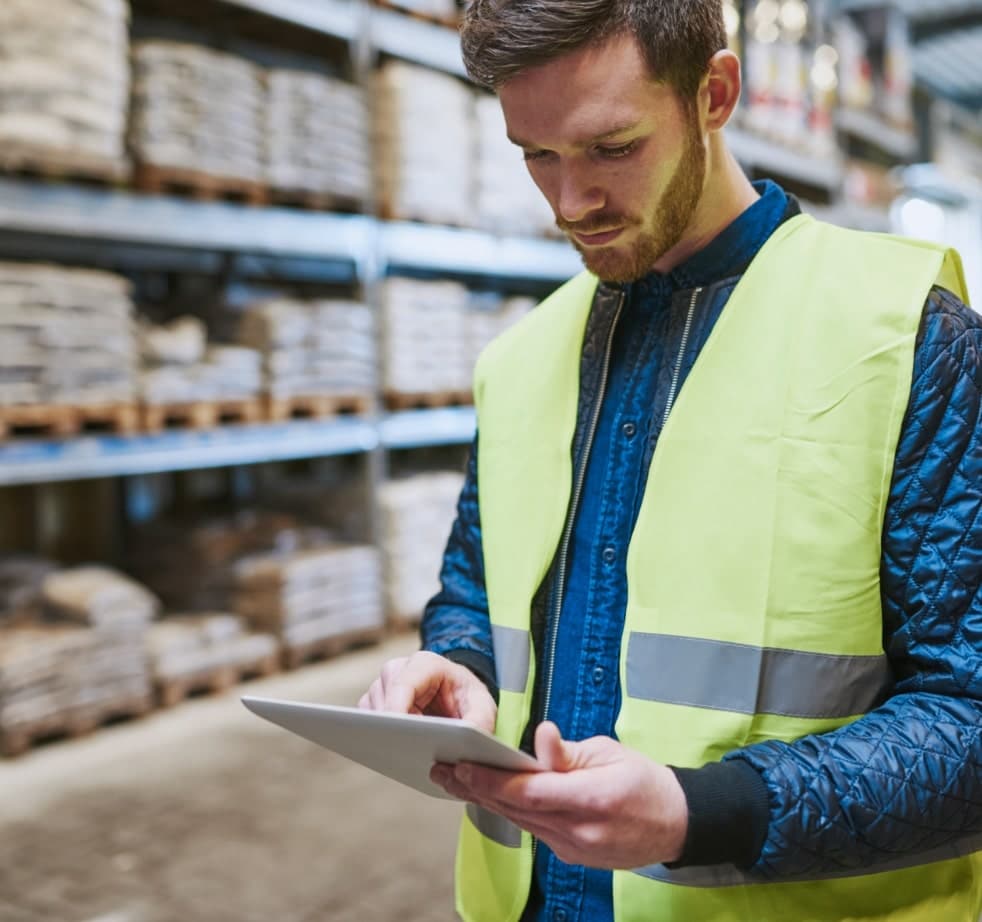It may seem that many jobs can be performed more efficiently without spending time dealing with fall protection. Perhaps the workers think he can be extra careful or that he’ll only be elevated a few minutes? However, falls remain one of the top causes of fatalities in the workplace. Construction workers regularly fall from roof edges, and warehouse employees fall from climbing on pallets or stacked materials. Everyday exposures like floor openings or uneven work surfaces, skylights, manlifts, or work from ladders require fall protections to be carefully considered.
To prevent accidental falls from elevated work, guardrails or other effective barriers should be used. When these protections are not feasible, workers must use appropriate personal fall protection systems or positioning devices.
Types of Fall Protection
Personal fall arrest system (PFAS): These stop falls within a few feet of the worker’s original position. A typical PFAS includes a full body harness, lanyard, and suitable anchor point.
Fall restraint system: Prevents falls by restricting how close workers can get to unprotected edges and openings. Commonly, this system consists of a safety belt or harness, a positioning or restriction lanyard, and a suitable anchor point.
When conventional fall protection or personal fall protection are not practical, safety nets must be used. Only trained and competent persons must erect safety netting systems.
Probably the most effective prevention for single level falls is good housekeeping.
- Clean & dry slippery or wet floors.
- Pay attention to what you’re doing. Look ahead when walking.
- Be responsible for fixing or removing obstacles in walkways.
- Report inadequate lighting.
- Only use suitable ladders to reach elevated items.
- Use signage to identify areas that are being cleaned or repaired.
- Walk, don’t run! Hold onto stair rails while going up and down.
- Don’t jump on or off platforms and stay away from edges.
- Don’t carry a load that can’t be seen over.
Best Practices
- Use the most appropriate equipment for the job.
- Ensure anchor points are suitable.
- Use retractable lifelines when increased work range is required.
- Always wear PFAS when traveling
- Inspect fall protection equipment prior to use.
- Discard worn fall protection equipment.

